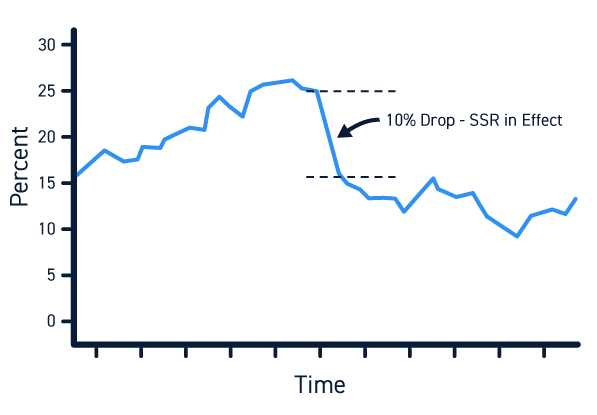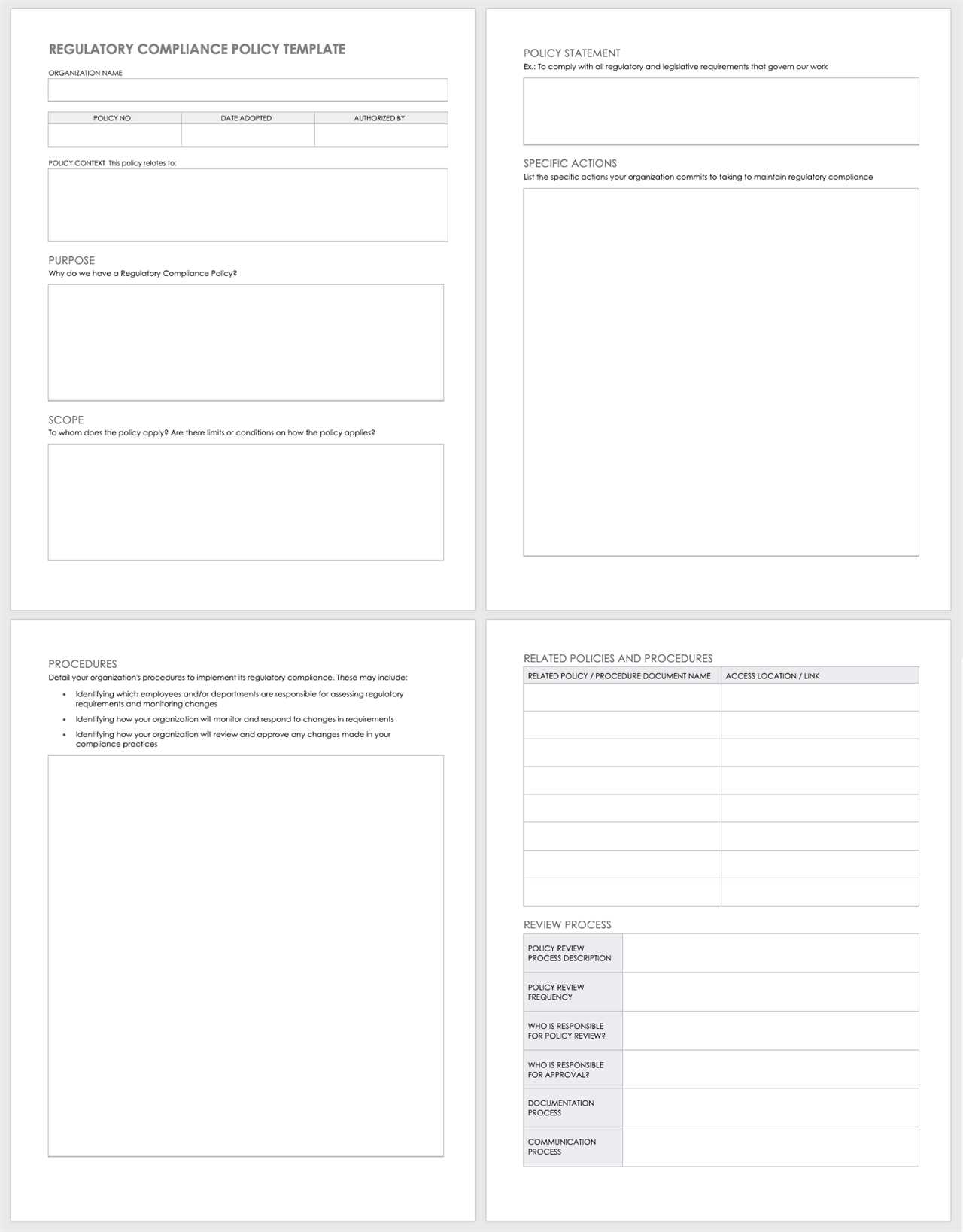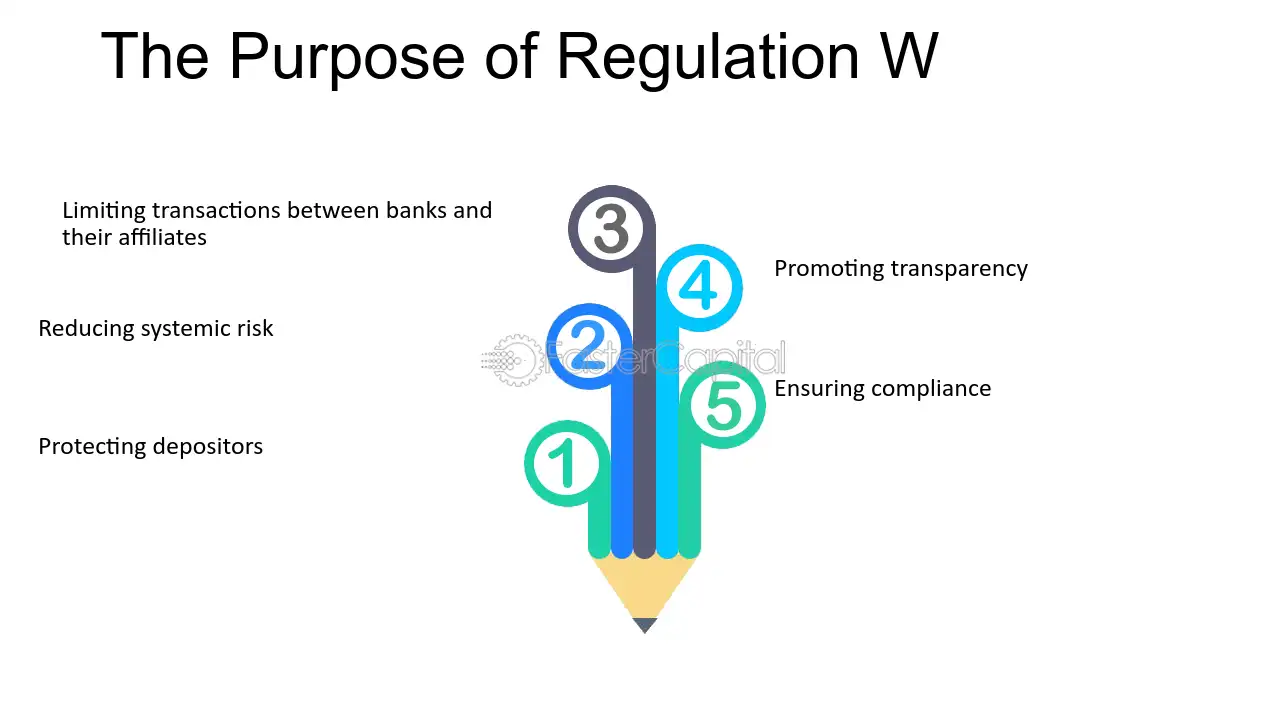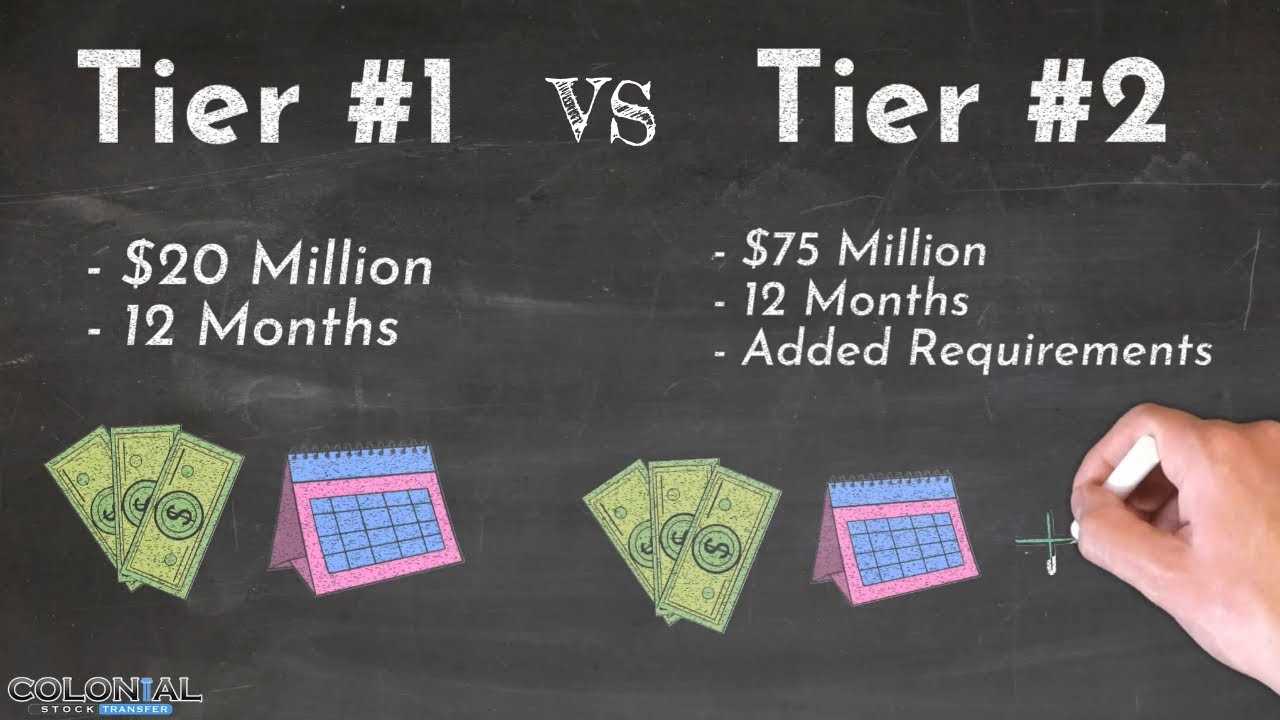Volcker Rule: Everything You Need to Know
What is the Volcker Rule and Why is it Important? The Volcker Rule is a regulation that restricts banks from engaging in certain types of speculative trading activities. It was implemented as part of the Dodd-Frank Wall Street Reform and Consumer Protection Act in response to the 2008 financial crisis. … …











